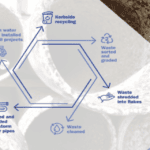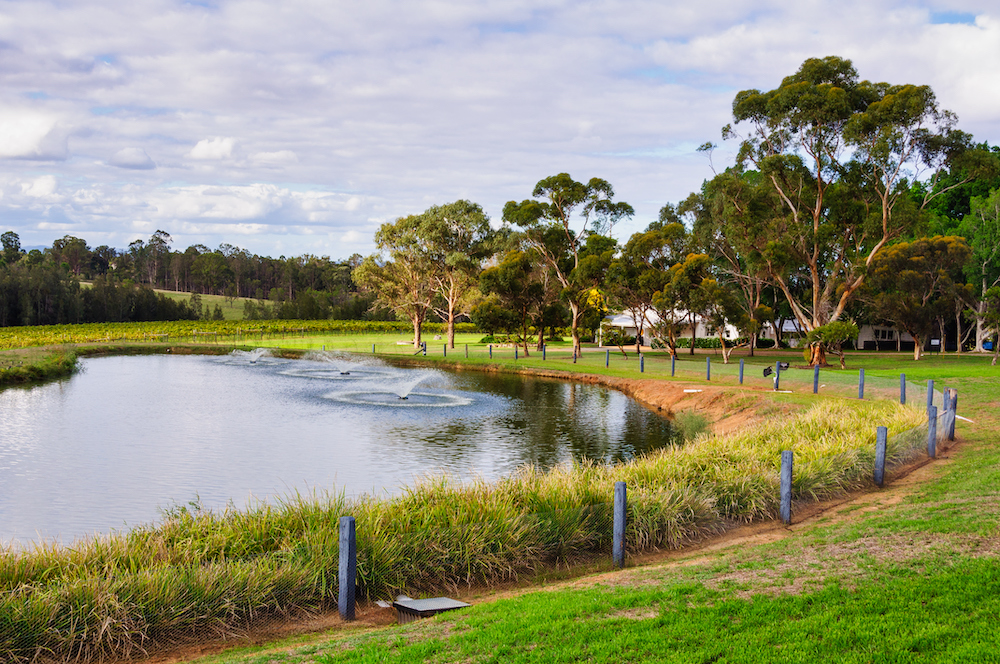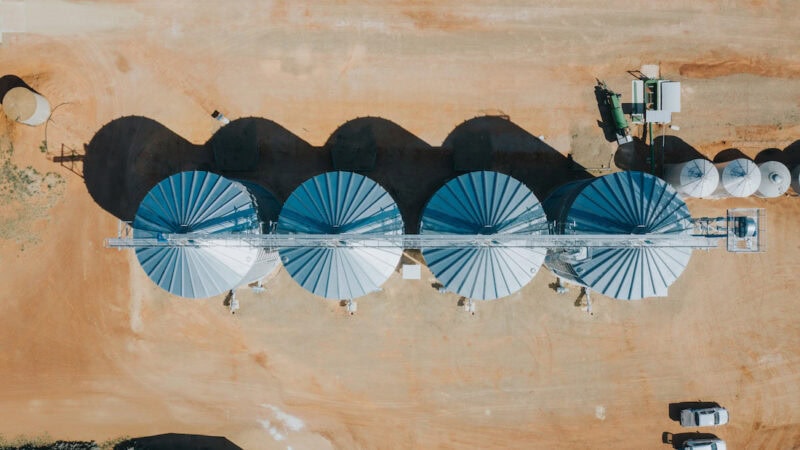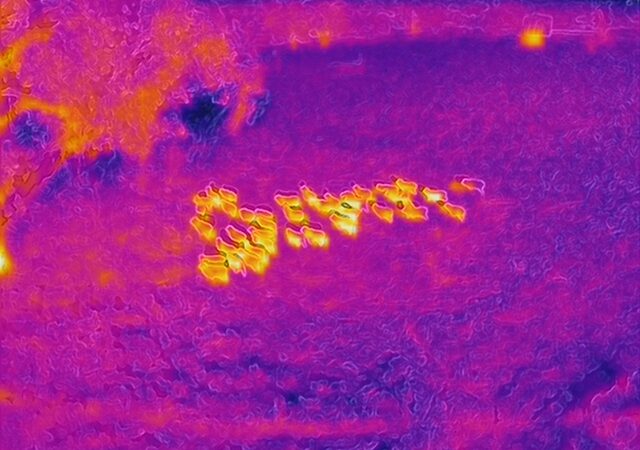It has now been 130 years since Tom Roberts, a renowned Australian artist who held…
The irrigation issue: every drop counts
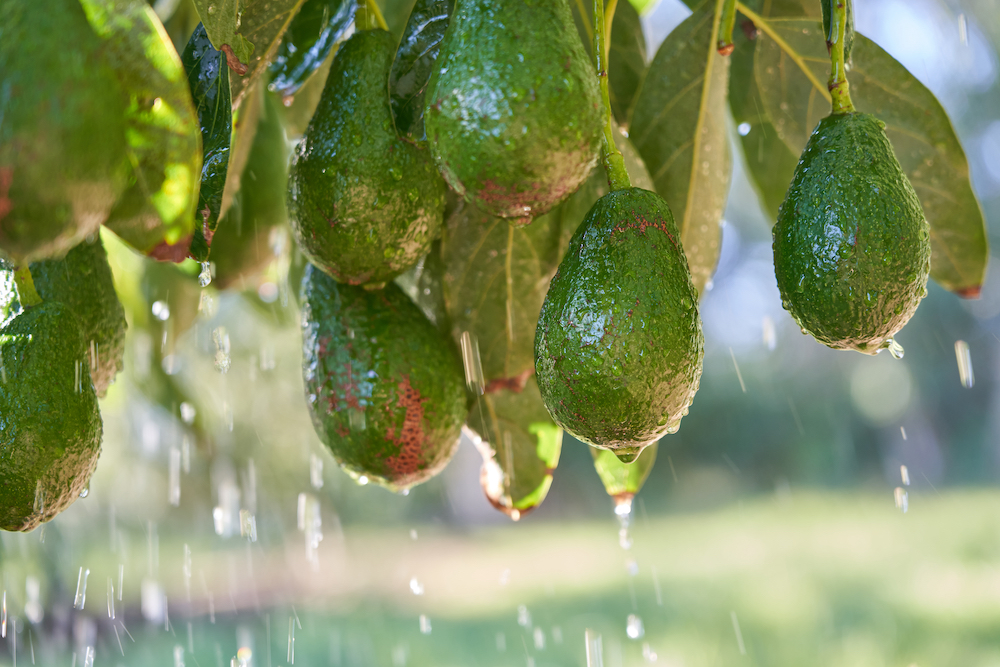
Deakin University irrigation researcher Dr John Hornbuckle is at the forefront of research into new approaches that make every drop of water count in an unpredictable and changing environment.
John, who leads projects in viticulture, dairy and broadacre crops, such as cotton, grain and rice, says farmers have already improved productivity by adopting ways to more precisely measure what their crops need and apply water at the optimum timing.
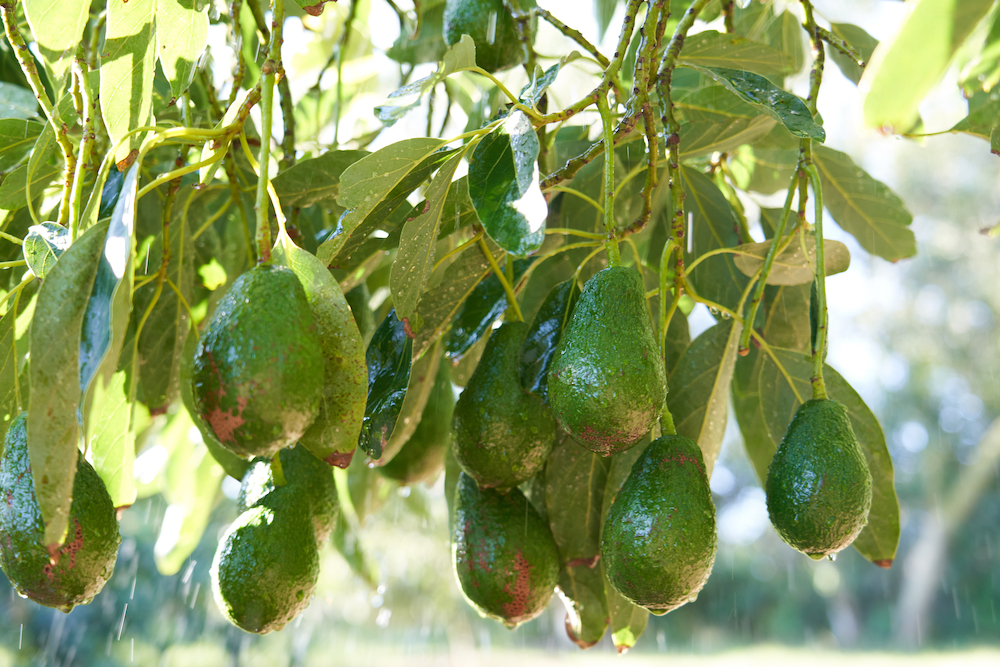
The next step is to automate those systems for even greater improvements.
�No matter what irrigation industry you�re in, if you�re going to be here for the long term, you�re going to need to be very efficient and very productive around how you use your water,� John says. �That�s obviously a big driver for automation, as well as making sure that you�ve got a competitive advantage over others who may be looking to use that water.�
John says automation in surface irrigation systems, particularly in cotton and rice, has really taken off in the past few years, and a significant number of farmers are on the verge of adopting it at scale.
The benefits are multiple: as well as saving water and boosting yields, automation delivers equally valuable time and labour savings, more accurate measurements, and eliminates the 3am wake-up call to manually change over irrigation gates or start siphons and pumps.
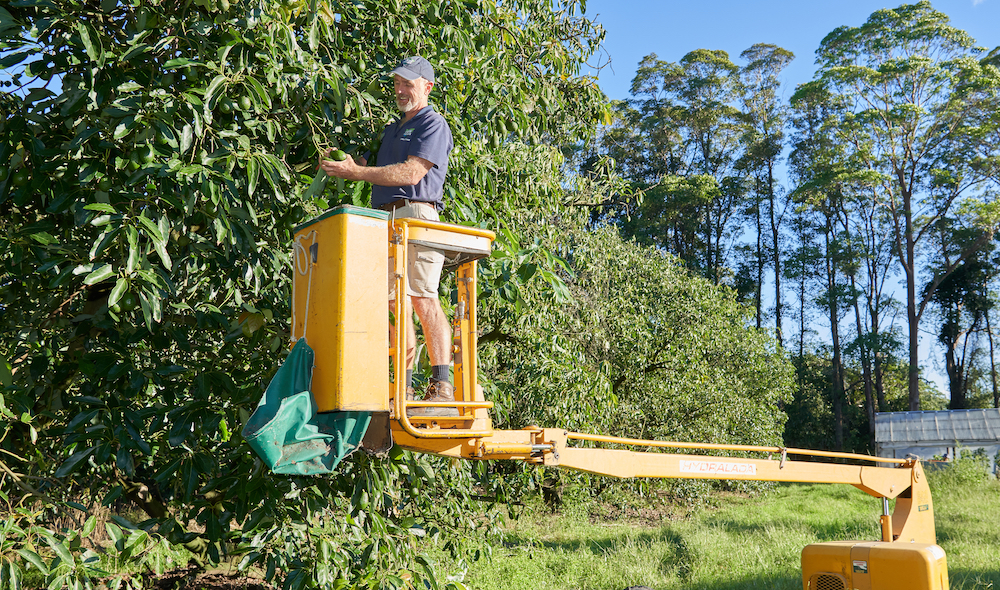
�They�re the big drivers for it,� he says. �You�re also starting to see the next generation of young farmers come through who are a lot more tech savvy, and more interested in the potential of automation to give them a higher quality lifestyle and attract people to the industry. If you�re using the latest technology, that�s a big drawcard.�
Tim Kemp
The rice industry in particular has focused on improving how efficiently it uses water, encouraging major changes in management practices. In the past 20 years, average rice yields have more than doubled to 11-12t/ha � reaching up to 15t/ha � at the same time as cutting water consumption by about 60 per cent.
Looking ahead and being smart
AgriFutures Australia, which manages the rice industry�s research, development and extension programs, has set a target of further improving water productivity by 75 per cent over the next five years.
Rice Extension co-ordinator Troy Mauger says the switch from aerial sowing of ponded rice to drill sowing reduces water use by 1.5-2 megalitres per hectare, or 10-20 per cent, depending on soil type. Delaying permanent application of water can save another 1ML/ha.
Plant breeders are also working on shorter season varieties that use less water, and allow double cropping with winter grain crops.
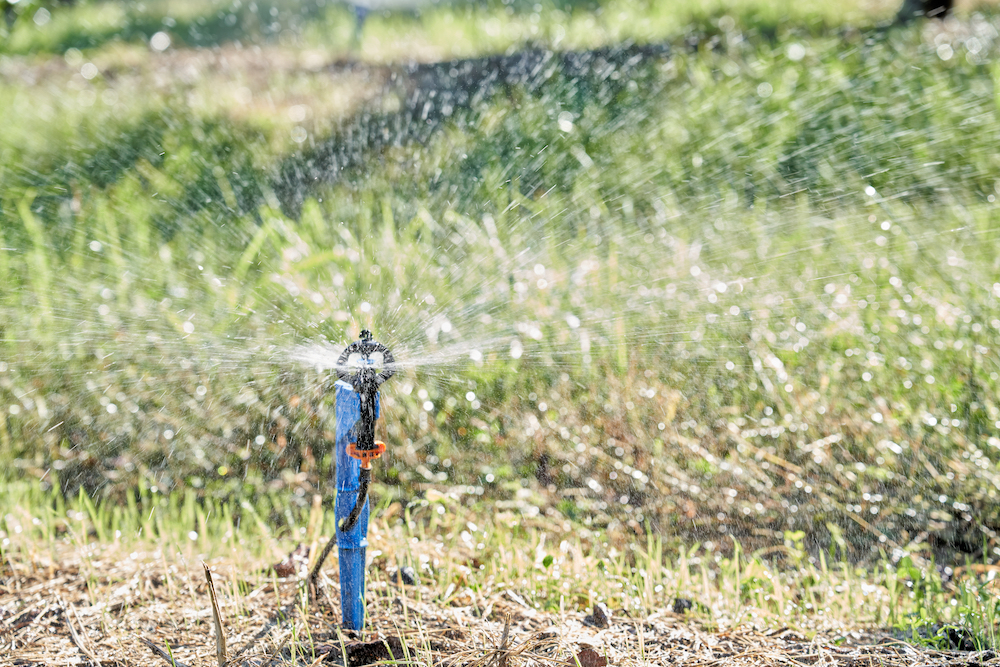
One thing that hasn�t changed is the requirement for rice to be ponded, with 25cm or more of water, during the two- to three-week microspore period, to protect the panicle from cold that can reduce yield.
Troy says most growers use drop boards to raise and lower the water level on each bay and marker pegs or floats to indicate water depth.
�It�s all pretty manual. If we can automate the control structures for each bay to maintain the water level, it�s a labour saving, and it helps with water use efficiency because you don�t have excess water to drain.�
Troy Mauger
John says current research is now focused on linking smart sensing, forecasts and automation systems. Sensors within a field or orchard can measure variables such as soil moisture level, temperature, crop water uptake and plant growth, and feed that data back to a central point where it�s analysed along with satellite images to automatically control irrigation.
�Within the research we�re doing at the moment, the seven-day forecast is getting very, very good,� says.
�Potentially there will be the opportunity to run things in a fully autonomous fashion. We�ve already got trials where we�re doing that on broadacre irrigation systems. But those systems will always communicate back to the farmer what decisions they�re planning to make, and if the farmer wants to intervene then they have the ability to do so.�
Deakin University irrigation researcher Dr John Hornbuckle
Putting irrigation to the test in Peats Ridge
Tim Kemp has introduced an automated irrigation system to his orchard at Peats Ridge, west of Gosford. Tim and his wife Elise grow avocados and citrus on almost half of the 48ha farm that has been in the family since the 1920s. Unlike some fruit growers who started with flood irrigation � using gravity to propel water along the rows � the Kemps have always piped water from their dams, which collect rainwater and runoff.
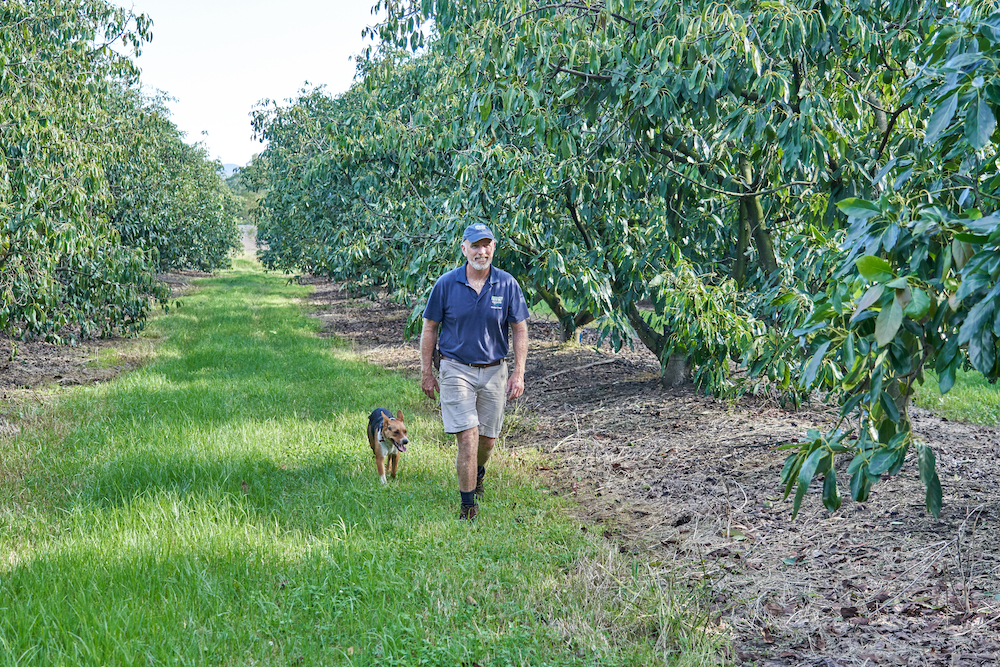
�We�ve been irrigating since power came to the mountain back in the 1930s and 1940s, and got more and more efficient as time went on,� Tim says. �The irrigation here has only ever been supplemental, but the problem is if you don�t have it you�re not viable because of the soil types. It�s a sandy loam and some of it is quite sandy, so it dries out very quickly. We might get a rainfall event and then, especially in the summertime, we�ll be irrigating again two or three days later.�
During the 1980s, Tim�s father Robert put mains and sub-mains underground, and went from travelling irrigators and overhead sprays to under-tree micro sprinklers. Tim has since upgraded to pressure compensated sprinklers under the avocado trees and dual drip lines under the citrus.
Since 2008 Tim has used soil moisture monitors, feeding information back to the computer every 10 minutes, to guide decisions about irrigation scheduling, which he prefers to do himself.
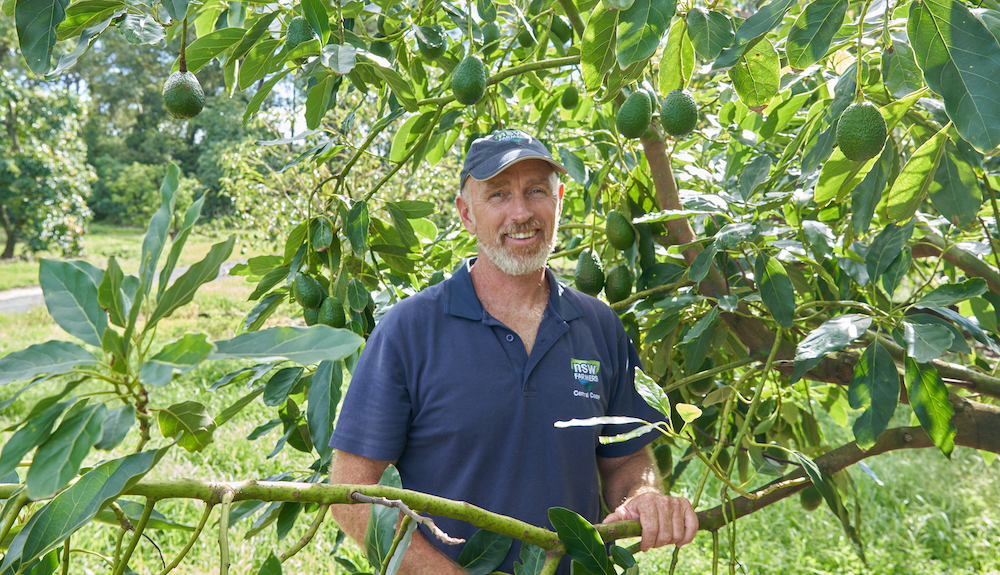
�It took a while to learn to trust it,� he says. �Especially because we went from a fairly old system, where you had to go around and manually turn taps on and then turn the pump on and then turn the pump off and turn other blocks on. That�s one of the reasons why I still don�t use the moisture monitors to schedule the irrigation. I just like to have that control, because moisture monitors don�t take into account the weather forecast or anything like that. Also, avocados are very water sensitive, so you�ve got to be particularly careful with them.�
Tim Kemp
Even so, Tim estimates the time saving has been huge. Whereas 20 per cent of his week was spent on irrigation, that�s down to about 2 per cent now. And the water savings have allowed the Kemps to expand the area planted to fruit trees without increasing the total volume of water they use.
There�s also the added bonus of being able to log in through TeamViewer and control the irrigation system from anywhere in the world.
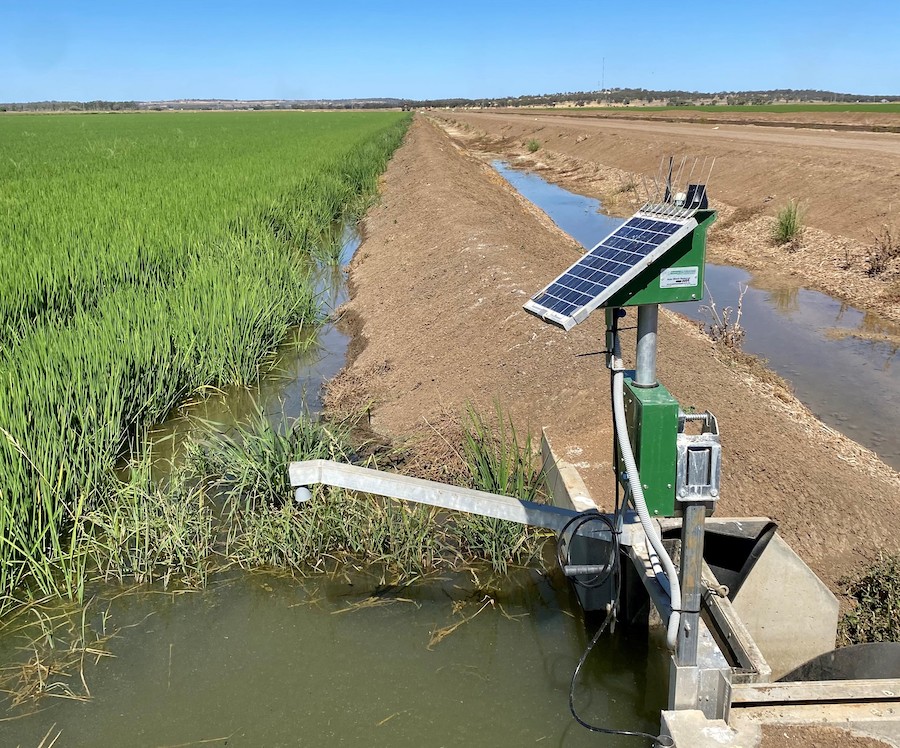
�It�s all connected to the internet, so I can schedule from wherever I like,� he says. �A few years ago we were lucky enough to go to the US, and I was putting the irrigation on from San Francisco Bay. That was pretty handy.�
Tim is keen to see what new technology becomes available, but says lack of access to the mobile network limits what they can use.
The current AquaLink system uses line-of-sight radio telemetry to communicate between the four field stations and the base station at the house.
�We have quite a lot of bush and it�s a bit up and down here, so you�ve got to be careful where you put the stations,� he says. �A lot of the new stuff is controlled by the cloud and different mobile set-ups, and if you don�t have a mobile signal, the system doesn�t run. That�s a real hindrance at the moment. I can�t use any of that stuff.�
If you’re interested in the future of farming, you might like to read this article on smart farms.



